There are many tools you can use to build automation through APIs. If you’re unfamiliar with them or need help choosing the right one for your situation, this article will show you some of the most popular options.
Table of Contents
1. RSpec
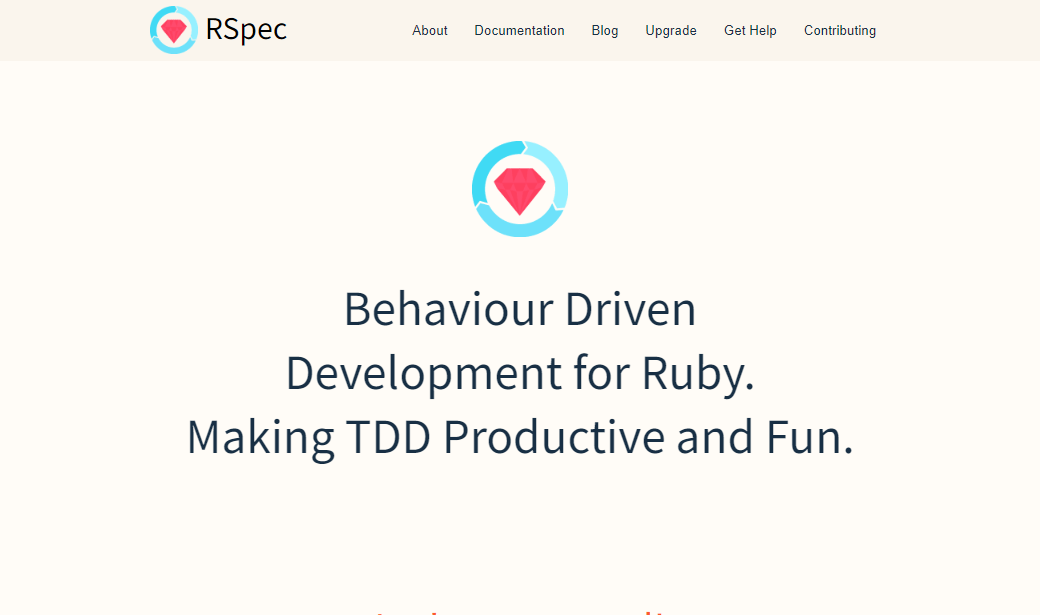
RSpec is a testing tool to help you build automated tests in Ruby. It’s a behavior-driven development (BDD) framework, so you can write your tests in a human-readable format that describes the system’s behavior under test.
RSpec is an alternative to Cucumber, which does something similar but with a different syntax. You may have heard about RSpec before and wondered what it looks like in practice—or maybe you’ve been curious about the buzz surrounding BDD and want some pointers on where to start. In either case, this tutorial will help!
2. Swagger
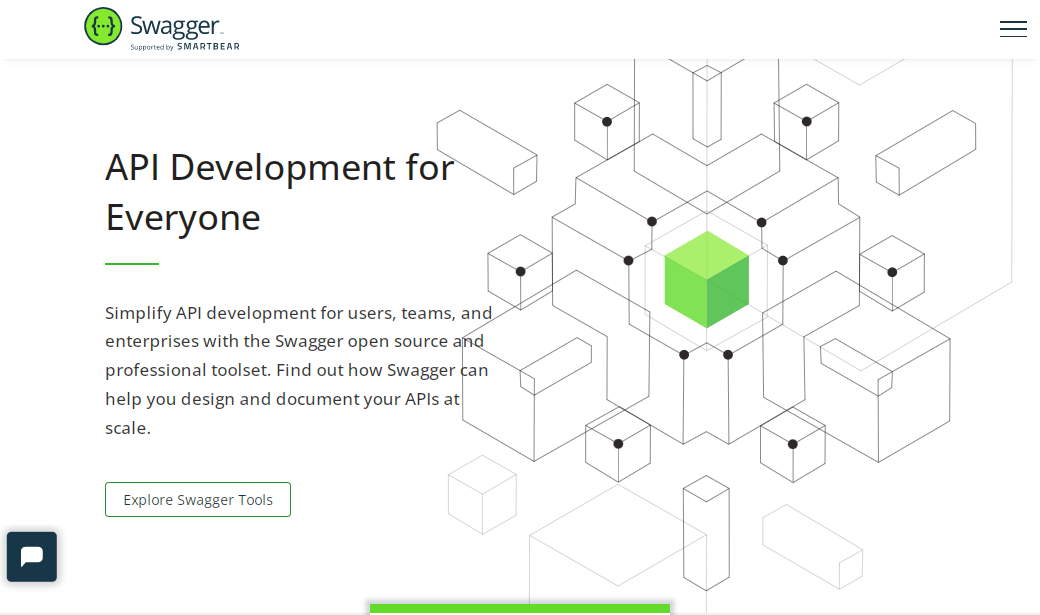
As you may have guessed, Swagger is a tool for documenting, designing and building RESTful APIs. It’s an open-source project that allows you to enter your API in a machine-readable format.
You can use it with any platform or framework (PHP, Ruby on Rails, Django, etc.), and it supports most authentication methods (OAuth 2) plus JSON Schema validation for your endpoints.
Swagger has been used by many companies like Google, Netflix, PayPal, and more.
3. Postman

Postman is a tool to help you build, test, and document RESTful APIs. It enables you to create complex requests and responses, save them, and reuse them later.
Postman’s simple user interface allows you to create endpoints for different requests, such as GET and POST methods. This makes it easy for developers new to APIs to start with Postman quickly since they need to follow the steps in order (POST > GET > DELETE). You can also add parameters using their intuitive interface, so it’s easy for anyone on your team who may not have extensive API knowledge yet.
Once an endpoint has been created in Postman, you can use it in other tools like Zapier or IFTTT, which allow other users on your team who don’t know how many API calls work behind the scenes but still want access from within their apps/websites without having any technical skillset required!
4. Assertible
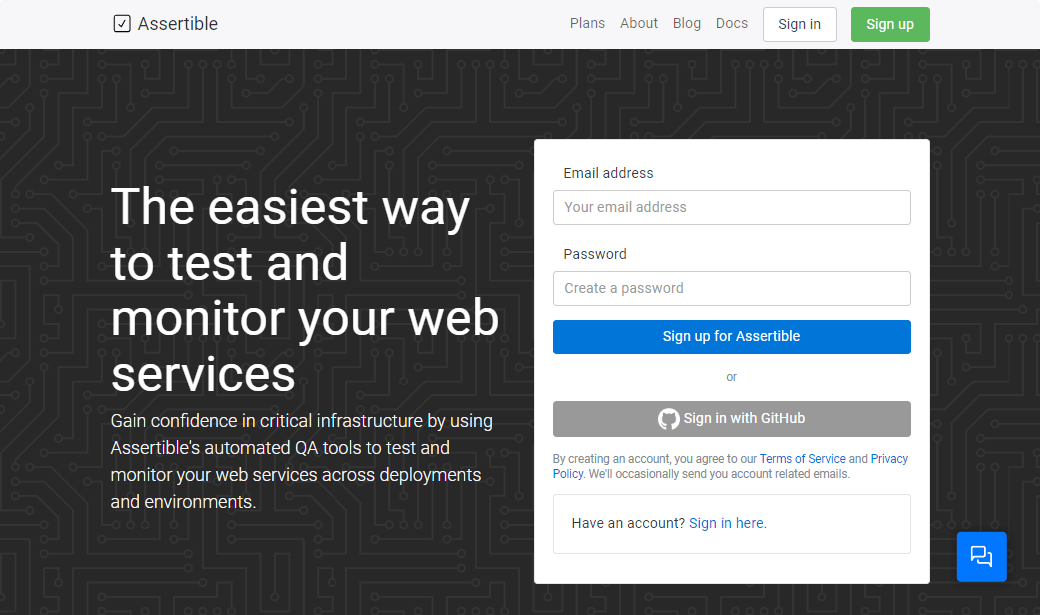
Assertible is a service that lets you test your APIs. You can use it to write tests, get them scheduled and receive results. Assertible is excellent for testing webhooks and form submissions but also supports many other types of API tests.
Assertible has a free plan with limited concurrency, so you don’t have to worry about paying unless your project grows beyond its limits or if you want to add more features like waits or retries to your automated tests. It’s also quite easy to use — all you have to do is create an account, add some libraries and start writing your first test!
5. Locust
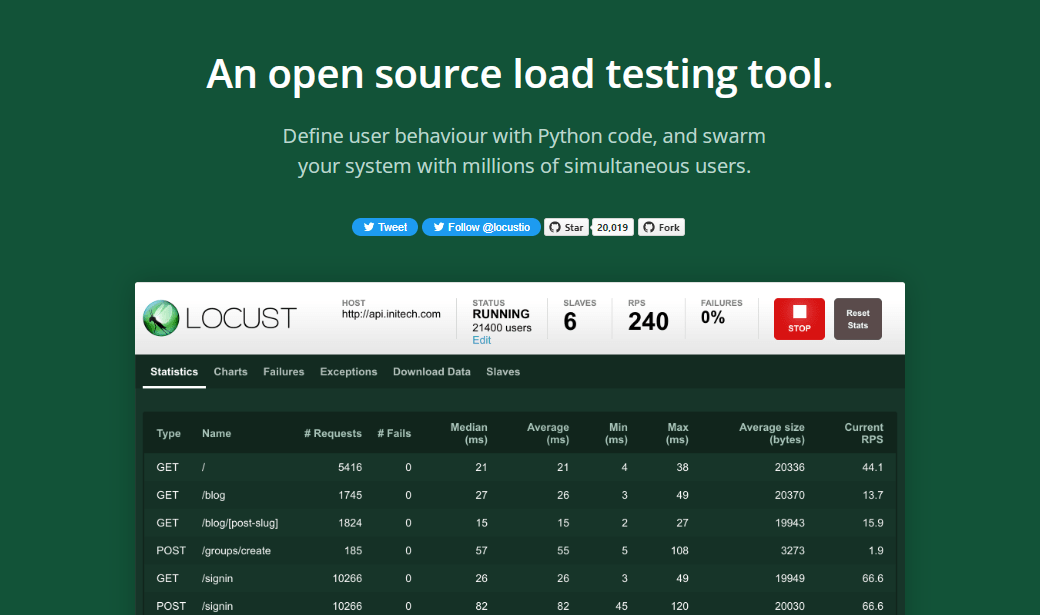
Locust is a distributed load-testing tool written in Python. It can test the performance of web applications, APIs (e.g. vatcheckapi.com), and websites.
It’s also great for mobile app testing because it can simulate thousands of users interacting with your app simultaneously, affecting different use cases such as login or payment processing, all within seconds!
6. Jenkins

You can use Jenkins as an open-source automation server to build, test and deploy applications. It’s a continuous integration tool that automates the process of integrating changes in your code base into a software application. Jenkins is designed for building and testing applications; you can also use it to run unit tests on your code and publish your application on the web.
Jenkins is written in Java to run on Windows, Linux, and Mac OS X operating systems.
7. Robot Framework
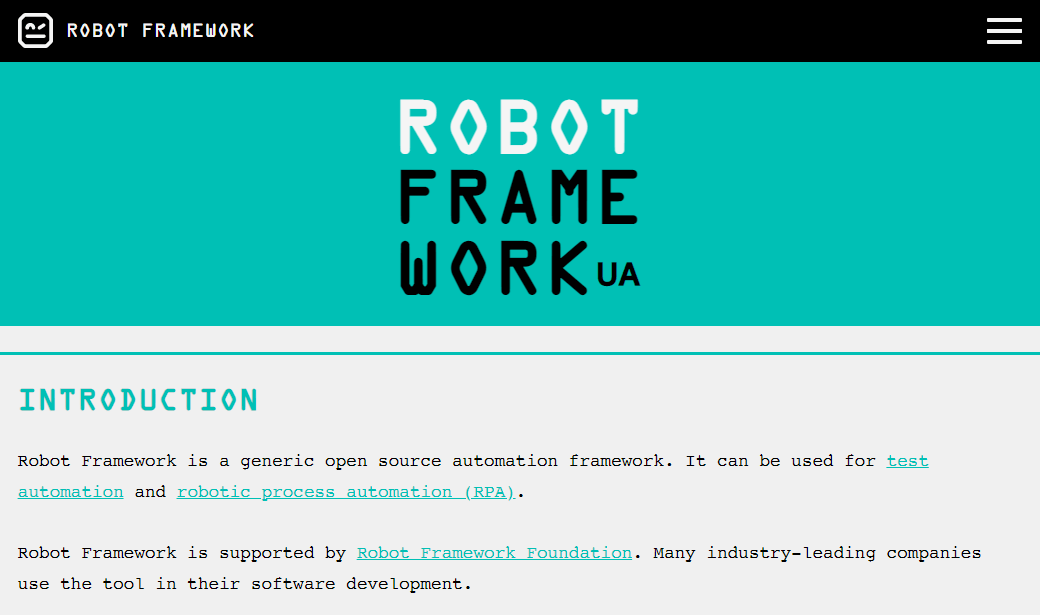
Robot Framework is a generic test automation framework. The tool can be used to capture and execute the functional tests of an application. It is Python-based and open-source. Robot Framework has a command line interface (CLI) and a graphical user interface (GUI).
There are many automation tools you can use. In this section, we’ll discuss some of them and why they are worth considering.
Conclusion
In this post, we have introduced you to some of the most popular automation tools that can help you build your APIs. We hope that you found it useful and will be able to use these tools in your own projects!

I am a passionate, adventurous, and insatiate learner who loves to write about the latest technology trends. My experience working in an MNC has motivated me to understand that there are certain niche requirements for writing strategically about brands’ messages towards people’s interests which I’ve mastered over time through trial and error of many projects under various clients across diverse industries. It is my honest effort to put my experiences and knowledge of industry towards readers.




